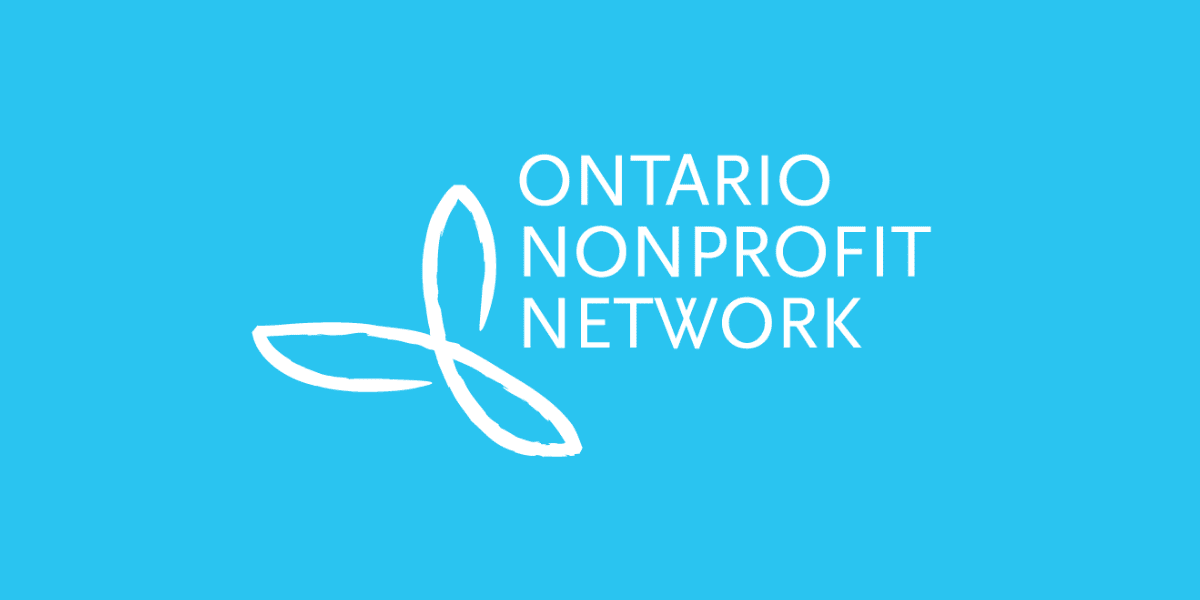
Blog
Premier’s plan to build infrastructure has the potential to benefit communities, if done right
On August 9, 2022, the Ontario government re-tabled its 2022 budget and subsequently passed Bill 2 Plan to Build Act (Budget Measures) on September 8.
$158,000,000,000
That is how much the Ontario government has committed in the budget to spend on infrastructure projects such as highways, hospitals, bridges, and transits over the next 10 years. Ultimately, these projects are public goods funded by taxpayers, so how do we ensure more benefits are delivered to the public from these spendings?
Although new and improved infrastructure is essential to the public’s day-to-day life, poorly planned, designed, and developed public infrastructure projects can harm the environment and cause disruption and gentrification for local communities surrounding the developments. How do we ensure infrastructure projects have minimal impact on the environment, help maintain biological diversity, and are designed to be resilient to the effects of climate change? How do we leverage public infrastructure spending to create additional social and economic benefits (job creation, improvement of public space, etc.) for communities affected by the projects? One way to ensure this is through Community Benefit Agreements (CBAs).
Community Benefit Agreements (CBAs) – maximizing public spending to achieve positive social outcomes
Community benefits means additional physical, social, and economic benefits for the local community that are leveraged by dollars already being spent on major infrastructure and land development projects. CBAs are cost-effective; they are not about increasing spendings but about leveraging existing investment from the provincial government to produce twice the impact. Most importantly, CBAs ensure that local residents play an active role in building the communities they envision.
CBAs come in a variety of models and forms, from legally binding agreements to informal commitments to deliver an agreed upon social value outcome.
The identified outcomes generally fall into five areas:
- Good jobs and targeted employment opportunities for equity-deserving groups
- Training and apprenticeships
- Support of local businesses and social value suppliers by purchasing from them or including them as subcontractors during the construction process
- Community development
- Neighbourhood and environmental improvements
Power of Community Benefit Agreements: Ontario examples
Community Benefit Networks have formed in a number of cities (Toronto, Hamilton, Windsor/Essex, Ottawa, and Niagara) to negotiate these agreements when opportunities arise. The networks are vital because they organize and house expertise to negotiate agreements for communities that are often excluded during key stages of project development. They help present a united front and allow communities to engage with the development process as soon as possible.
Toronto Community Benefits Network
In 2014, the Toronto Community Benefits Network (TCBN), a community-labour coalition of over 120 groups and organizations from across Toronto formed to negotiate and oversee the implementation of Community Benefits Agreements on large scale public infrastructure and development projects in Toronto.
Through the Community Benefits Framework signed between Metrolinx and the TCBN in 2014, large-scale transit projects like the Eglinton Crosstown LRT and Finch West LRT have included commitments to community benefits by providing good jobs and opportunities for people from historically disadvantaged communities and equity-seeking groups in neighbourhoods near the project. To date, the Eglinton Crosstown LRT’s community benefits program has resulted in 202 placements in apprenticeships, restoration of the historic Kodak building, and $8 million in local business spending.
Windsor/Essex Community Benefits Coalition
In Windsor, the 20-million-dollar Gordie Howe International Bridge community benefits plan includes a workforce development and participation strategy that supports training and pre-apprenticeship/apprenticeship opportunities for the local workforce. At the time of this writing, the bridge has a 43 per cent local workforce and 300+ pre-apprentices/apprentices assigned to the project. The community benefits plan also includes a neighbourhood infrastructure strategy that has resulted in over $1.6 million of investment in community-identified priorities, including major street redevelopments and enhancements. Investments were also made in the Sandwich Town business development program, which provided support services to existing and potential new businesses in Sandwich, and the bridge has spent over $2.3 million on small-scale purchases from local businesses.
Niagara Community Benefits Network
Niagara Community Benefits Network (NCBN) is one of the newest coalitions in Ontario to work towards Community Benefit Agreements, social procurement policies, and equitable development for their community.
The Niagara community has immediate needs that require community benefit perspectives: a 55-acre site of brownland in the St. Catharines area ripe for development, the investment and construction to create two new hospitals in the Region, and just recently passed – a major event and community project in the Niagara 2022 Canada Summer Games. All of these incredible opportunities exist in parallel to the harsh realities of the housing, opioid, and affordability crises, which the NCBN team sees firsthand in their roles amongst communities, and have the potential of being pathways to mitigate these crisis. Working now with local partners including labour, community, and poverty reduction advocates, community organizations, and local businesses, NCBN is convening to gather community perspectives in the effort to create a thriving Niagara for generations to come.
Infrastructure investments provide a key opportunity to support communities
Ontario is currently facing unprecedented social, economic, and environmental challenges with soaring costs of living, looming labour shortages, economic uncertainties, and a climate change crisis. When done right, the Ontario government’s infrastructure investments present a key opportunity to address these challenges. With such significant public spending on infrastructure on the horizon, it is truly an opportunity of a lifetime to ensure that the funds work for the communities who need them.
This blog was written by
- Brady Holek, Community Benefits Coordinator at Windsor Essex Community Benefits Coalition
- Candice Zhang, Policy Advisor at ONN
- Elizabeth Chick-Blount, Executive Director at Buy Social Canada
- Kirstin Webb, Interim Executive Director at Niagara Community Benefits Network
- Kumsa Baker, Director, Community Benefits Campaigns at Toronto Community Benefits Network
Footnotes:
- Social value suppliers are businesses that sell goods and services; they embed a social, cultural, or environmental purpose into the business, and they reinvest the majority of profits into their social mission






